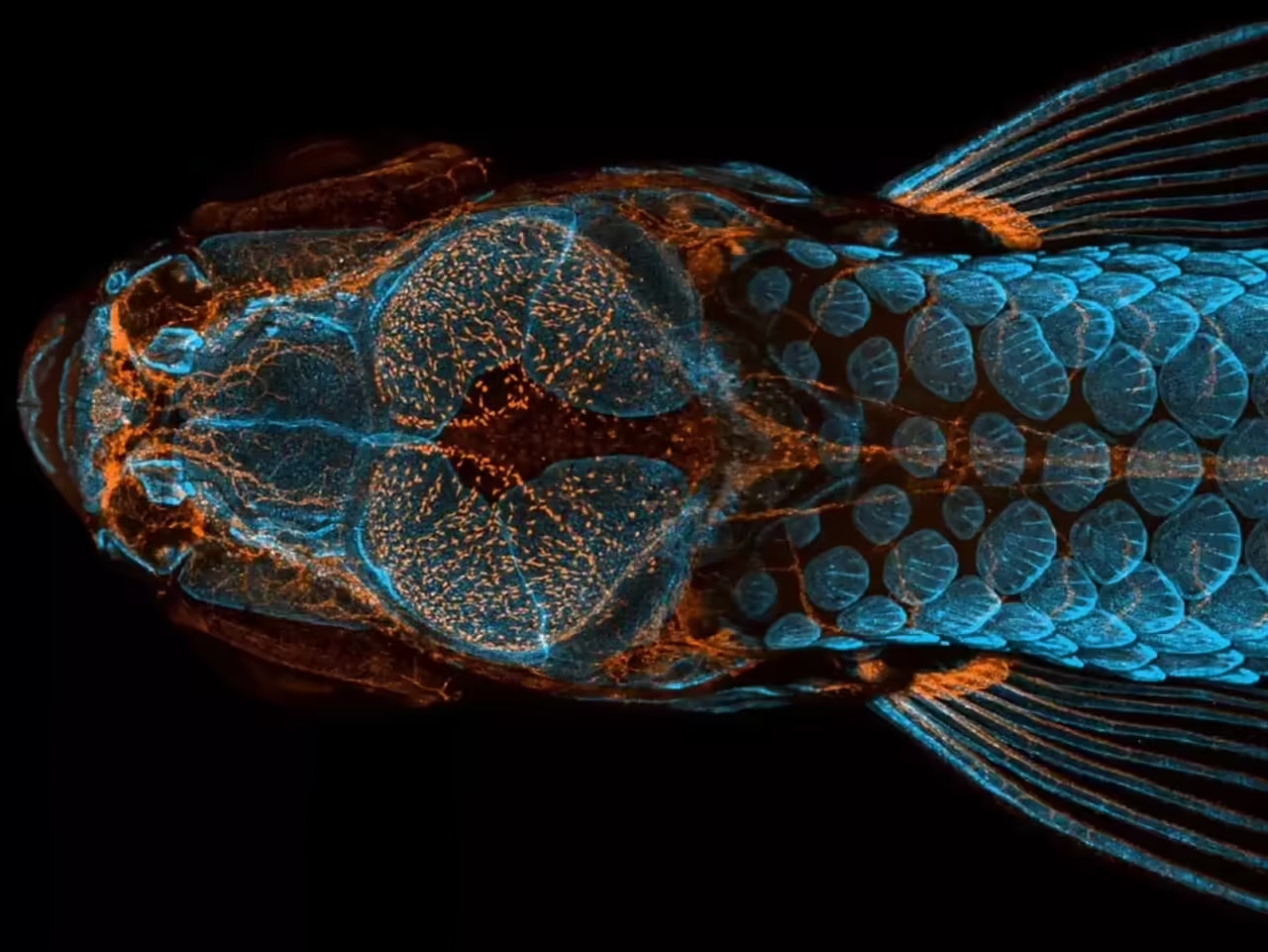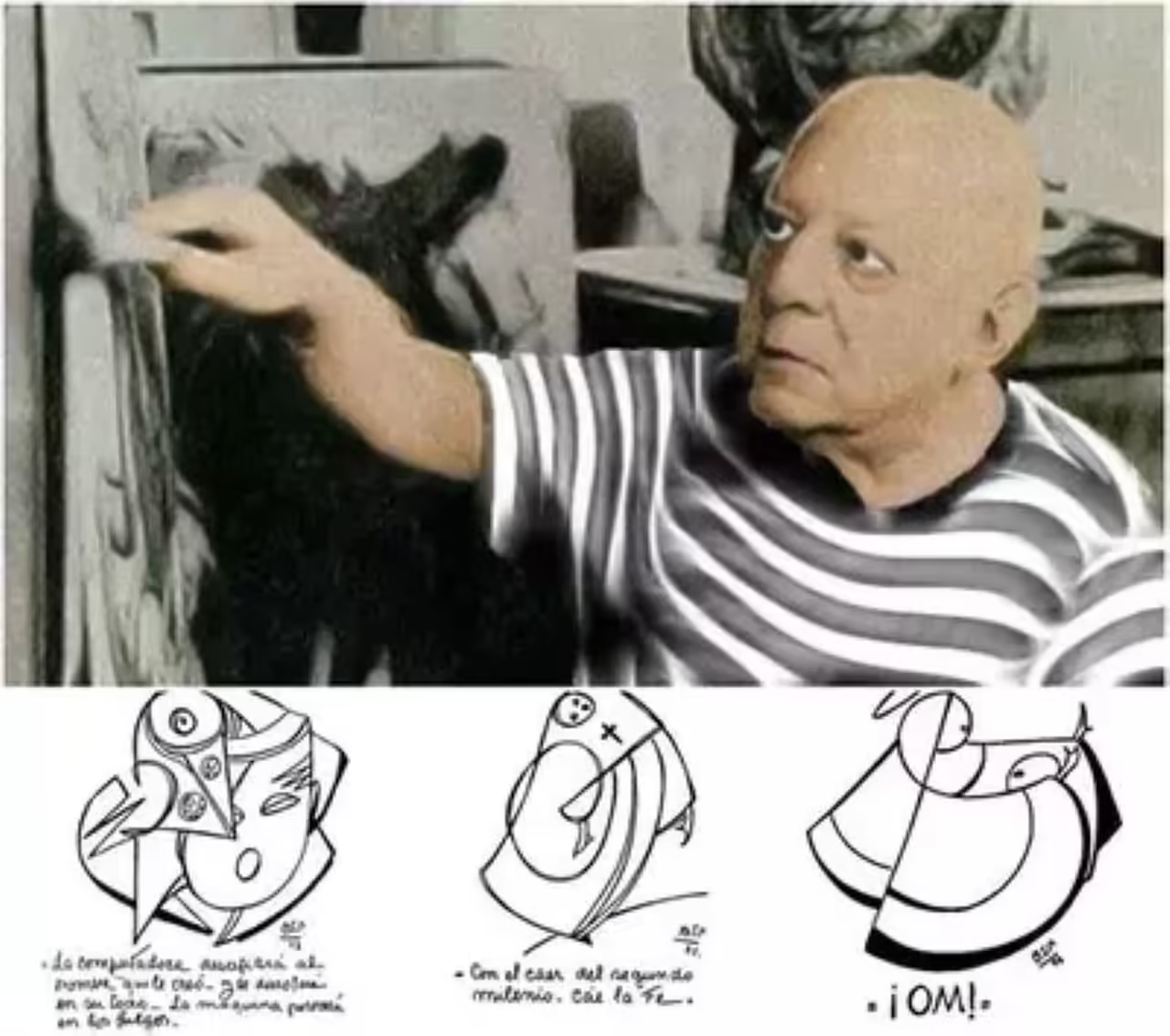
Nanotechnology is a branch of science that focuses on the manipulation and study of materials at the molecular and atomic level. In this tiny universe, matter behaves differently than it does in the world we can see with the naked eye, giving nanotechnology great potential in industry, medicine and electronics.
At the nanometer level, the properties of materials change significantly. Matter becomes more reactive, stronger, lighter and more conductive. For example, a material that is brittle at the macroscopic level can become tough and flexible at the nanometer level.
Scientists have found ways to use these properties to create materials and devices that have applications in a wide variety of fields. For example, nanometer materials can be used to make more efficient solar panels, to create longer-lasting batteries, and to improve the quality of electronic products.
In medicine, nanotechnology has the potential to revolutionize the treatment of diseases. Scientists are developing nanoparticles that can be used to deliver drugs directly to cancer cells, which could make treatments more effective and reduce side effects. Nanometric materials are also being used to create implants and prostheses that fit the human body better.
Despite the many beneficial applications of nanotechnology, there are also concerns about its safety. Because nanometer materials are so small, they can have unpredictable effects on the human body and the environment. It is important that scientists carefully study the potential risks of nanometer materials and work to develop appropriate safety measures.
From viruses to nanoparticles: the evolution of technology in the last decade
The last decade has seen an incredible evolution in technology, from biotechnology to nanotechnology. One of the most prominent areas has been the development of nanoparticle technology, which has opened up new possibilities in fields such as medicine, electronics and energy.
In medicine, nanoparticles are increasingly being used as tools for the diagnosis and treatment of diseases. For example, nanoparticles can be engineered to specifically bind to cancer cells and transport drugs directly to them. In addition, nanoparticles can be used as imaging agents to help physicians visualize tumors and other internal body structures.
In the electronics industry, nanoparticles are used to make ever smaller and more efficient materials and devices. For example, nanoparticles are used to create smaller and more powerful electronic components, as well as to improve the efficiency of solar panels.
Nanotechnology is also having an impact on energy, as materials and devices are being developed that can capture and store energy more efficiently. For example, nanoparticles can be used to create longer-lasting batteries and to improve the efficiency of solar panels.
Another area where nanotechnology is having an impact is in the development of strong and durable materials. Nanoparticles can be used to strengthen materials and make them more resistant to wear and corrosion.
In biotechnology, the last decade has seen a breakthrough in genetic engineering technology and gene therapy. Scientists have developed new techniques for editing and manipulating DNA, which has opened up new possibilities in the treatment of genetic diseases and in the creation of genetically modified organisms.
New techniques have also been developed for the production of recombinant proteins, which are used in a wide variety of applications, from drug production to the creation of genetically modified foods.
Nanotechnology in space exploration: how science is advancing beyond Earth
Nanotechnology has been transforming the space exploration industry over the past few years, enabling scientists and engineers to build smaller, lighter spacecraft and more precise, sophisticated devices. The applications of nanotechnology in space exploration are numerous, and are opening up new opportunities to investigate and understand the universe beyond Earth.
One area where nanotechnology has had a significant impact is in the construction of satellites and spacecraft. By reducing the size and weight of components, nanotechnology makes it possible to build smaller vehicles, resulting in a significant reduction in the costs and resources needed to launch the spacecraft. In addition, nanotechnology components can be more resistant to the extreme conditions of space, such as radiation and high temperatures.
Another area where nanotechnology has transformed space exploration is in the manufacture of more precise and sophisticated sensors and devices. Nanotechnology sensors can detect the presence of specific gases and compounds in space, allowing scientists to detect the presence of life or materials on other planets and moons. In addition, nanotechnology is also being used to make more efficient and stronger solar panels, providing a more reliable and sustainable power source for spacecraft.
Nanotechnology is also being used to develop stronger and more resilient materials for spacesuits. Nanotechnology spacesuits can be lighter and more resistant to the extreme conditions of space, providing greater protection and safety for astronauts.
Nanotechnology is also being used in the manufacture of food and medicines for space exploration. Nanotechnology foods and medicines can be more compact and durable, reducing the amount of supplies needed for an extended space mission.
Small molecules, big discoveries: the importance of nanotechnology in finding water on Mars
In the search for life beyond Earth, water is one of the most important factors to consider. Scientists have been searching for signs of water on Mars for decades, and recently, nanotechnology has enabled significant advances in the detection of water on the red planet.
Nanotechnology is the manipulation of matter on a very small scale, at the molecular and atomic level. In the case of water detection on Mars, nanotechnology has been used to develop highly sensitive sensors and tools capable of detecting water molecules in very small quantities.
One of the most significant advances in the detection of water on Mars was achieved with NASA’s Curiosity rover, which carries an instrument called SAM (Sample Analysis at Mars). SAM uses gas chromatography and mass spectrometry to analyze Martian soil samples for signs of life and organic compounds. In addition, SAM also has a nanotechnology water detector, which uses a technique called near-infrared spectroscopy to detect the presence of water molecules.
SAM’s nanotechnology water detector is capable of detecting extremely small amounts of water in Martian soil, even at parts-per-billion levels. This is possible because the nanotechnologies used in the detector allow the spectrometer to detect the specific molecular vibrations of water molecules.
Detecting water on Mars is crucial to understanding the planet’s history and its ability to support life. Nanotechnology has enabled scientists to advance the detection of water on Mars and other planets, increasing our chances of finding life elsewhere in the universe.
How can nanotechnology revolutionize the world as we know it?
Nanotechnology is one of the most promising and exciting technologies of the 21st century. At the molecular and atomic level, nanotechnology enables the manipulation and control of matter to create entirely new materials and devices with unique properties and capabilities.
Here are some ways nanotechnology could revolutionize the world as we know it:
Advances in medicine: nanotechnology can transform the way diseases are diagnosed and treated. Creating nanoparticles that specifically target cancer cells, controlled release of drugs through nanocapsules, and early detection of disease through nanotech sensors are just a few of the applications that could revolutionize medicine.
Improving energy and the environment: Nanotechnology can help develop more energy-efficient technologies, such as more efficient solar panels and high-capacity batteries. In addition, nanotechnology can help in the cleanup of environmental pollutants, for example, through the creation of nanotechnological air and water filters.
Advances in electronics: Nanotechnology could enable the creation of smaller and more powerful electronic devices, as well as new technologies such as wearable electronics and printed electronics.
Innovation in materials: Nanotechnology enables the creation of materials with unique properties not found in conventional materials, such as fire resistance, durability and self-cleaning capabilities.
Revolution in manufacturing: Nanotechnology can also transform the way products are manufactured, with the creation of more efficient, precise and sustainable manufacturing processes.
The limits of nanotechnology: how far can we go with this miniature technology?
Although nanotechnology has great potential to transform the way we live and work, there are some limits to consider.
First, there are technical limits to nanotechnology’s ability to manipulate matter. Although nanotechnology has advanced significantly in recent decades, there are still limitations in the precision and large-scale manufacturability of materials and devices at the nanometer level.
In addition, nanotechnology also raises ethical and safety concerns, especially in relation to the toxicity of certain materials at the nanometer level and the possibility that nanotechnology products may have unpredictable effects on the environment and human health.
It is also important to keep in mind that nanotechnology is not a magic bullet for all problems. While nanotechnology can improve the efficiency and functionality of many products and processes, it cannot solve structural and systemic problems in and of itself.
Finally, while nanotechnology can have a great impact in a variety of fields, it is important to keep in mind that technological innovation is never a complete solution. Technological solutions must always be framed in a broader context, which includes political, social and economic considerations.
From science fiction to reality: how nanotechnology is changing our lives
Nanotechnology has enabled the creation of amazing artifacts in different fields, from electronics to medicine to aerospace. These artifacts, thanks to their ability to work at the atomic and molecular scale, can have unique and surprising properties.
Here are some of the most amazing artifacts built with nanotechnology:
The world’s strongest material: Graphene is a material composed of carbon atoms arranged in a hexagonal structure. It is considered the world’s toughest material and has high thermal and electrical conductivity. It is being used in the manufacture of electronic devices, batteries and composite materials.
The fabric that never gets dirty: Nanoparticles can be used to create a protective layer on fabric that repels water and dirt. This means that nano-treated clothing does not stain easily and is easier to clean.
The smart contact lens: A smart contact lens developed with nanotechnology can measure a person’s blood glucose level through their tears. This could be helpful for diabetics who need to monitor their glucose level regularly.
Non-stick coating: Nanotechnology is being used to create a non-stick coating for pans and cookware. This means that food does not stick and cleanup is easier.
The medical nanorobot: Nanorobots can be programmed to carry out specific tasks in the human body, such as delivering drugs or killing cancer cells. Although still in the early stages of development, nanorobots could change the way a wide range of diseases are treated.
The world’s lightest airplane: Carbon nanotube composite material is being used to build lighter and stronger aircraft. One example is the “Sprite” aircraft that weighs only 2.2 pounds and has a wingspan of 22 inches.
Solar paint: Nanotechnology-based solar cells can be incorporated into paint to generate electricity from solar energy. This could mean buildings can generate their own power and become more self-sufficient.







